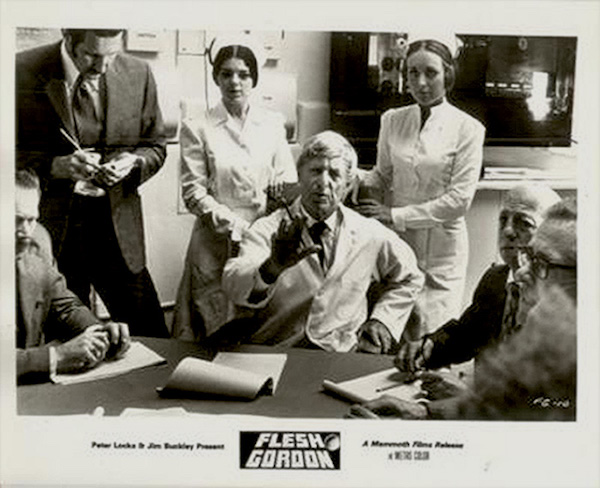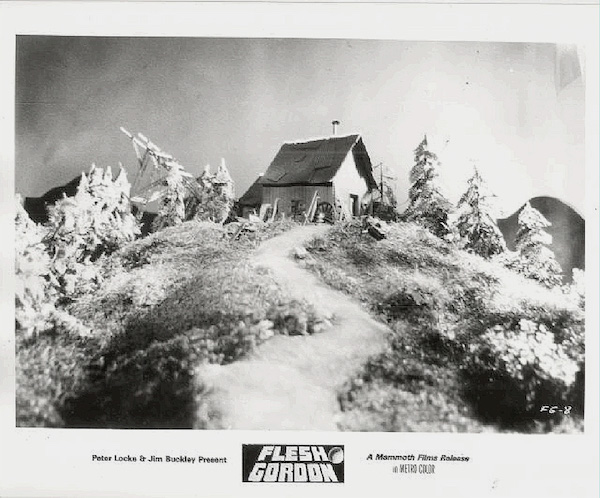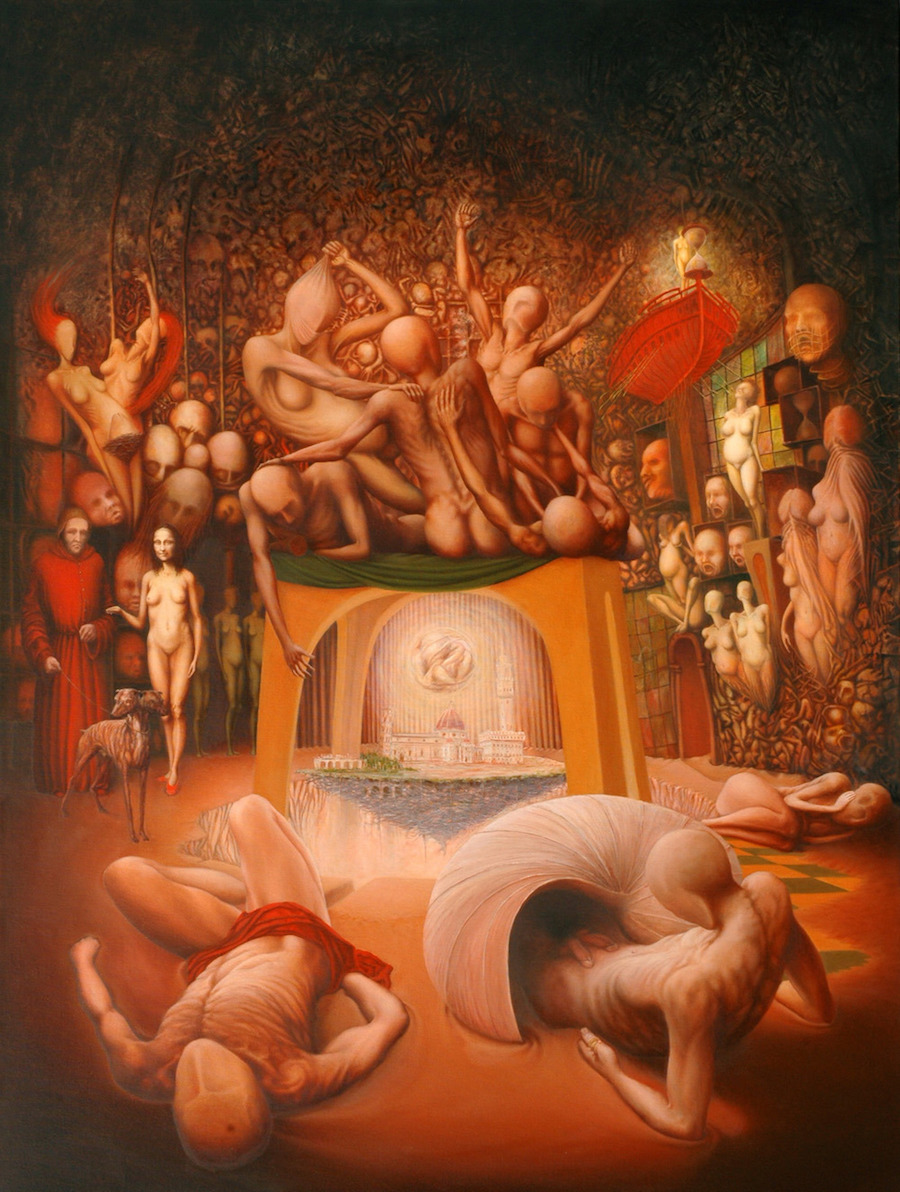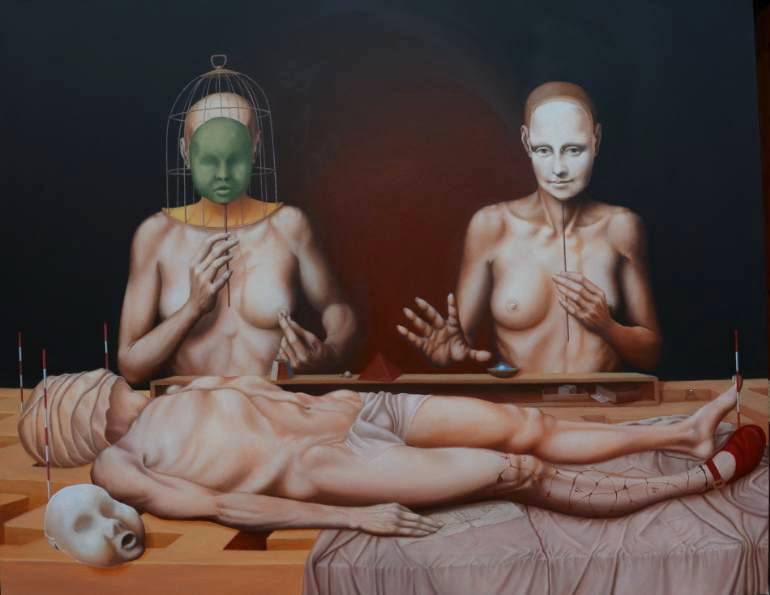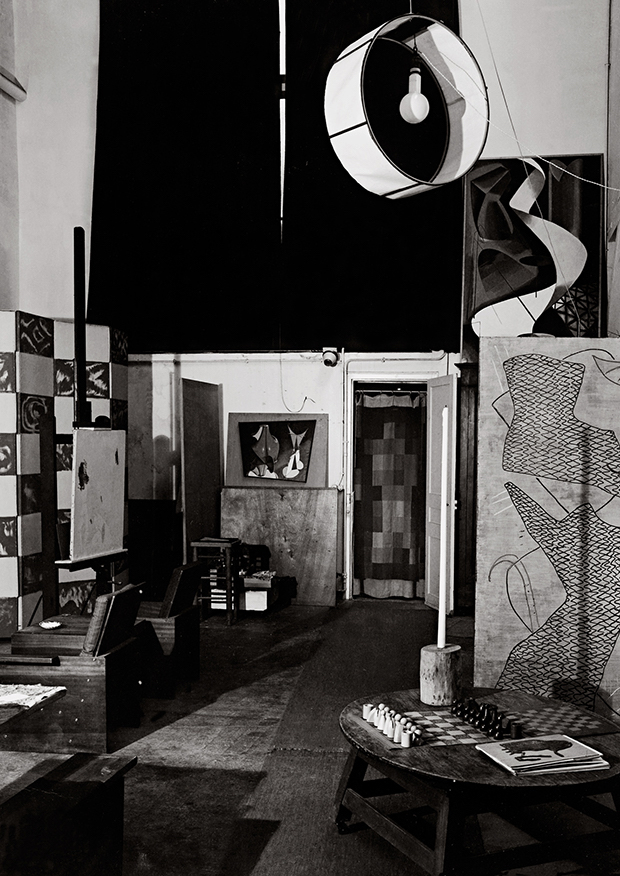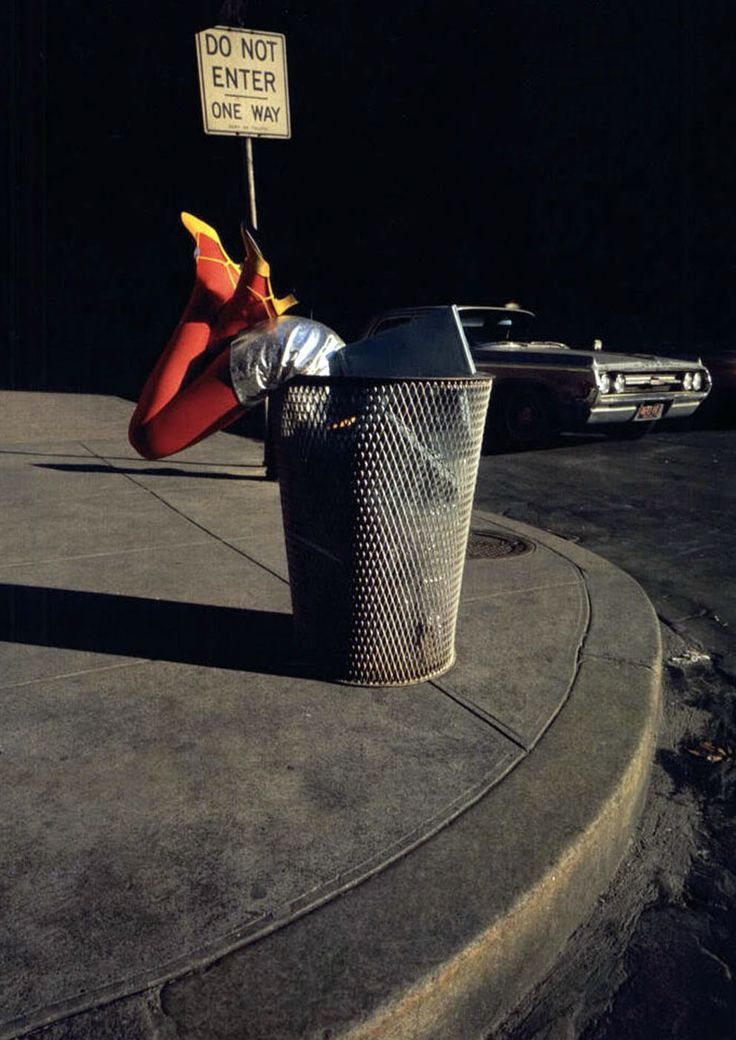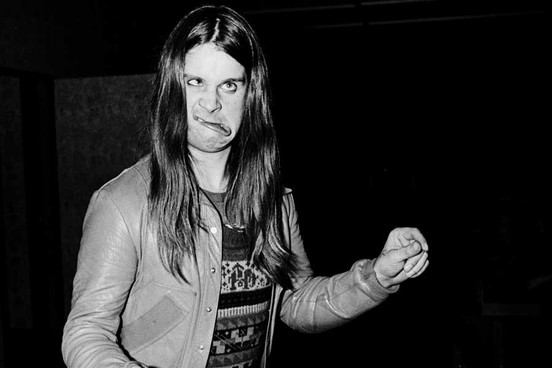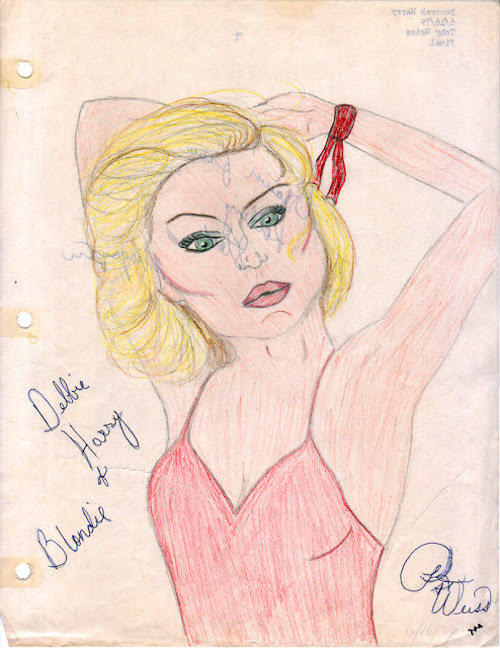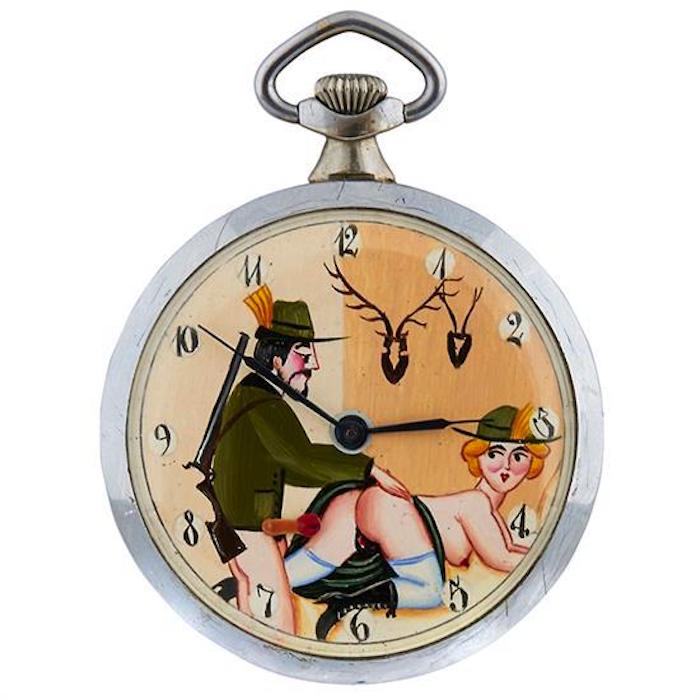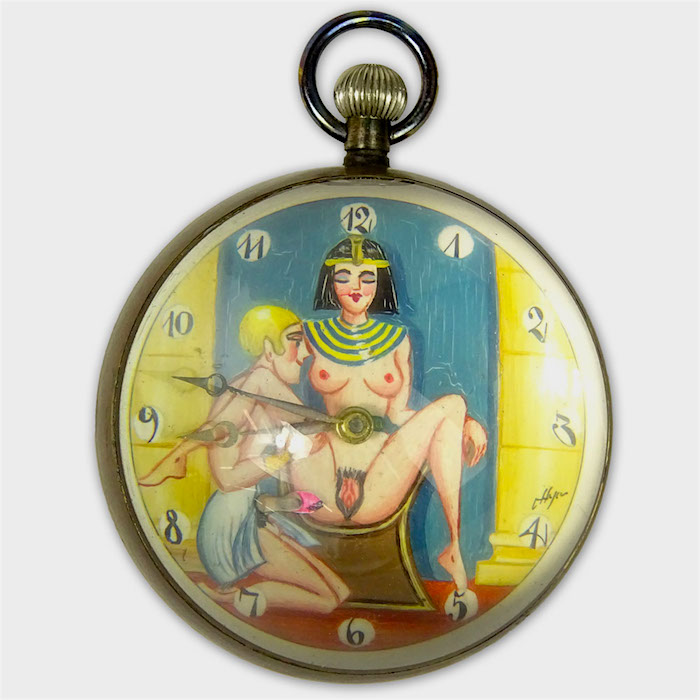
After the breakup of the Dictators, the New York proto-punk band Richard Meltzer credited with returning “THE SPIRIT OF WRESTLING” to rock and roll, their lead guitarist, Ross “the Boss” Friedman, formed the metal group Manowar. A harbinger of today’s Viking and power metal subgenres, the band posed for press photos in silky briefs, wielding swords. Note that their name begins with the word “man.”
(Deep thinker Scott Ian of Anthrax allows as how he “kind of liked the first album” even though he thought Manowar’s image “was a bit gay.” Reading these words, I feel as if Joey Belladonna himself is pouring gallons of boiled farina into a cerebral shunt that empties just behind my right eye.)
During a recent podcast appearance, Friedman remembered how, during the sessions for their debut album, 1982’s Battle Hymns, Manowar cast about for someone to read the narrative section of their “epic” song “Dark Avenger.” Like Odin, the song’s titular hero loses an eye; unlike Odin, he waxes grievous wroth about it and rides a demon horse back home from Hell to waste everybody, “raping the daughters and wives.” Oy.
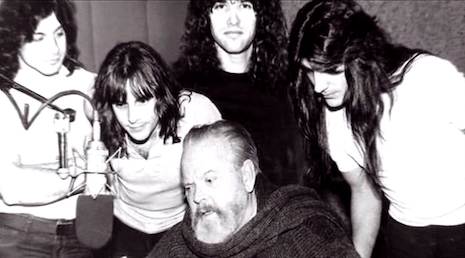
Poor penniless Orson Welles dragged his ass into the studio to narrate the Dark Avenger’s katabasis:
He was met at the gate of Hades
By the Guardian of the Lost Souls,
The Keeper of the Unavenged,
And He did say to him:“Let ye not pass Abaddon.
Return to the world from whence ye came
And seek payment not only for thine own anguish
But to vindicate the souls of the Unavenged.”And they placed in his hands a sword made for him called Vengeance
Forged in brimstone and tempered by the woeful tears of the UnavengedAnd to carry him on his journey back to the upper world
They brought forth their demon horse called Black Death
A grim steed so fiercely might and black in color
That he could stand as one with the darkness
Save for his burning eyes of crimson fire
And on that night they rode up from Hell
The pounding of his hooves did clap like thunder.
For thematic reasons which remain obscure, in the finished album’s sequence, “Dark Avenger” leads into bassist Joey DeMaio’s solo interpretation of the William Tell Overture.
More after the jump…









